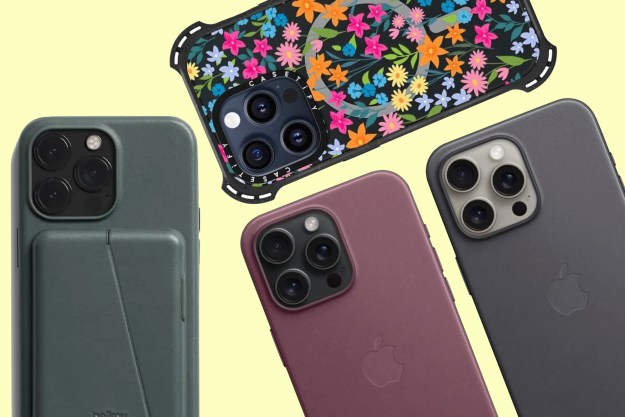
Google threw its hat into the smartwatch ring last year when it introduced the Google Pixel Watch, and now it’s back for a much-needed encore with the Pixel Watch 2 — an updated version that proves how good an idea it is to wait for the second generation of a new tech product.
The Pixel Watch 2 improves upon its predecessor in nearly every way, with better battery life, a more comfortable design, and far smoother performance. It’s enough for Google to make a mark among Wear OS smartwatches and give Samsung’s Galaxy Watch lineup a run for its money in a way that other challengers like the Moto 360 and Oppo Watch never could.
With the Pixel Watch lineup picking up steam, it all raises a very important question: Can you use a Google Pixel Watch with an iPhone?
Does the Pixel Watch work with an iPhone?
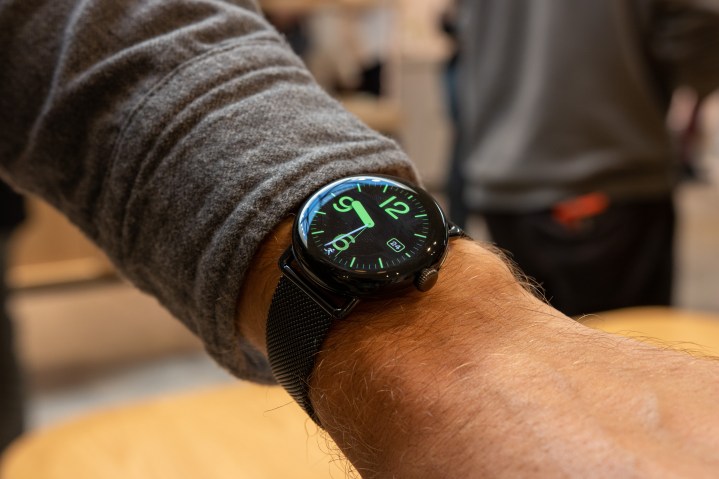
It’s no contest that the Apple Watch is the best smartwatch for iPhone owners, but it also doesn’t hurt Apple’s ecosystem that it’s just about the only smartwatch that’s truly compatible with the iPhone.
There was once a time when Android watchmakers like Samsung offered limited iPhone compatibility through third-party apps for the iPhone, such as the Galaxy Watch iOS app. For whatever reason, it stopped doing that a couple of years ago; the 2020 Galaxy Watch 3 was the last Samsung smartwatch that iPhone users could enjoy, and the Galaxy Watch has been an Android-only affair ever since.
Google wasn’t inclined to change that with the Pixel Watch, which has compatibility specs very similar to the Galaxy Watch. In other words, the Google Pixel Watch only works with Android phones and does not work with iPhones.
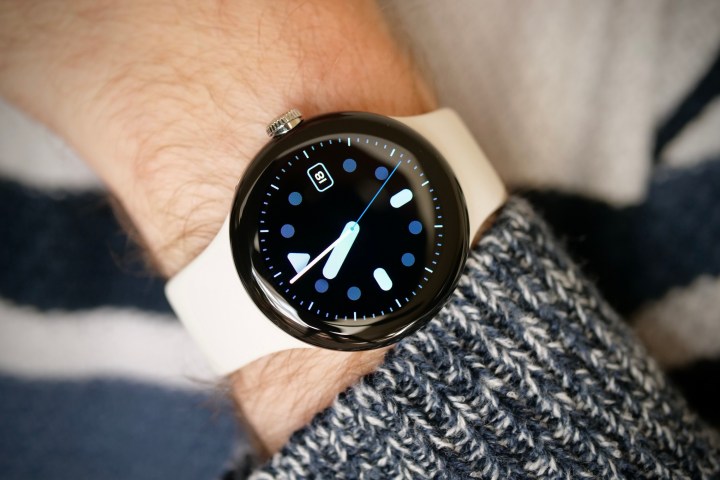
While that seems to limit choice, it’s not entirely a bad thing. Whether they’re running watchOS or Wear OS, modern smartwatches are designed to be an extension of your smartphone, offering up notifications and handing off activities between the larger screen and your wearable.
That requires a deep level of integration into the operating system on your smartphone, so it’s not something a third-party app can do nearly as well. Smartwatches are considerably more complex than AirPods or Pixel Buds, which, despite their advanced features, still use an industry-standard Bluetooth audio connection under the hood.
Put simply, Google wants to make sure that Pixel Watch owners can enjoy the entire Wear OS experience, and doing that requires Android on the other end. While an iOS app could easily handle the Fitbit-powered health and fitness features, if that’s all you want to do with your Pixel Watch, you can save money by picking up a Fitbit instead — which is arguably what the Pixel Watch is best at anyway.
Does the Pixel Watch 2 work with an iPhone?
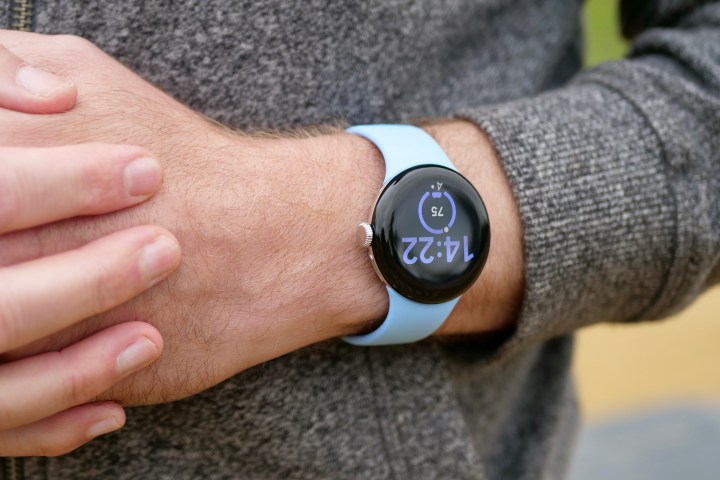
Although Google has been a bit more generous than Samsung this year, offering Android 9.0 support for the Pixel Watch 2 while Samsung draws the line at Android 10.0 for the Galaxy Watch 6, it still hasn’t embraced the Apple side.
At this point, it’s fair to say it likely never will. Google doesn’t offer an iPhone app for its Pixel Buds headphones either; even though they can technically be used with an iPhone over a standard Bluetooth connection, the lack of an app means you’ll have a very poor user experience, with no ability to adjust settings or take advantage of other advanced features like ANC on the Pixel Buds Pro.
Of course, the same is true going in the other direction. Apple’s AirPods go one step further and don’t even have an app; their features are baked right into Apple’s operating systems, which makes them all but completely useless for Android users. Similarly, the Apple Watch may be one of the greatest smartwatches on the market today, but it’s a non-starter for those who aren’t willing to embrace the iPhone as part of the deal.
What about other Android devices?
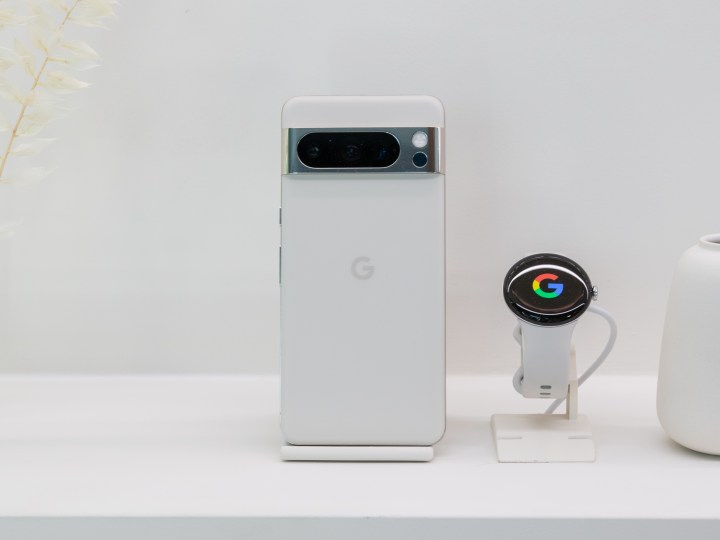
It probably won’t surprise you to find that the Pixel Watch 2 is an ideal companion for a Pixel smartphone, especially Google’s new Pixel 8 and Pixel 8 Pro, for which it’s been designed with matching aesthetics. However, you’ll be pleased to know that you don’t need to own a Pixel smartphone to use the Pixel Watch.
Technically speaking, the Pixel Watch 2 is compatible with any smartphone running Android 9.0 or later (or Android 8.0 or later for the original Pixel Watch). This compatibility is provided through the Google Pixel Watch app on the Play Store. However, it’s worth keeping in mind that you’ll likely get the best Pixel Watch experience if you also use a Pixel phone.
That’s not unique to Google, either. The Samsung Galaxy Watch 6 also works with any Android 10.0 device, but certain features like Samsung Pay will only work if you’ve paired it up with a Samsung smartphone. Since Google takes a more purist approach to Android, its Pixel Watches have fewer restrictions, but there’s still little doubt that Google has designed them to work best with a Pixel phone.
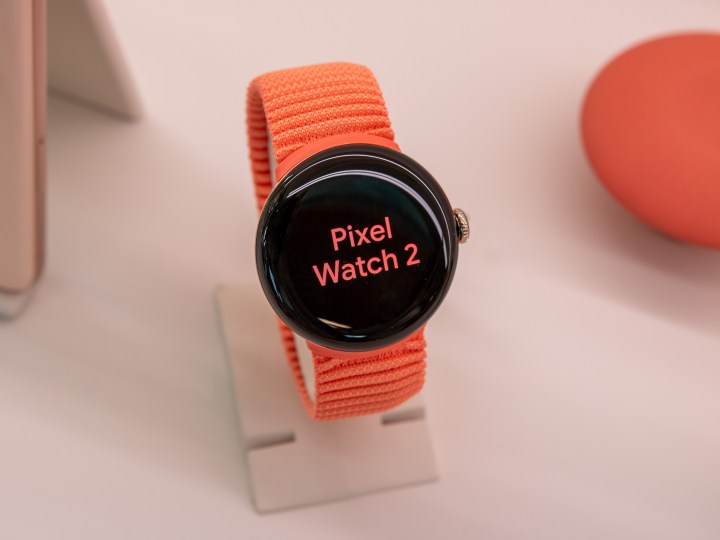
The concession to other smartphone platforms likely has more to do with the open nature of Android. The Apple Watch only works with the iPhone because the iPhone is the only device that runs iOS. With Android on nearly every other smartphone on the market, there’s no reason for Google to limit its customer base to only its smartphones when it can support a much larger world of Android devices with minimal effort.
Android has always been about offering more choices, and that’s equally true of the Wear OS smartwatch ecosystem. While Google’s Pixel Watch 2 may not be ready to take on Samsung’s Galaxy Watch 6 just yet, it’s still an exciting time for Wear OS smartwatches, and we’re sure Google has more in store for us.
Editors' Recommendations
- Best refurbished iPhone deals: Get an iPhone 14 for $513
- Best iPhone deals: Save on iPhone 15, iPhone 15 Pro Max and more
- Best Google Pixel deals: Save on Pixel 8, Pixel Buds, and Pixel Watch
- 10 iPhone productivity apps you need to download right now
- Best iPhone 15 deals: How to get Apple’s latest iPhone for free


